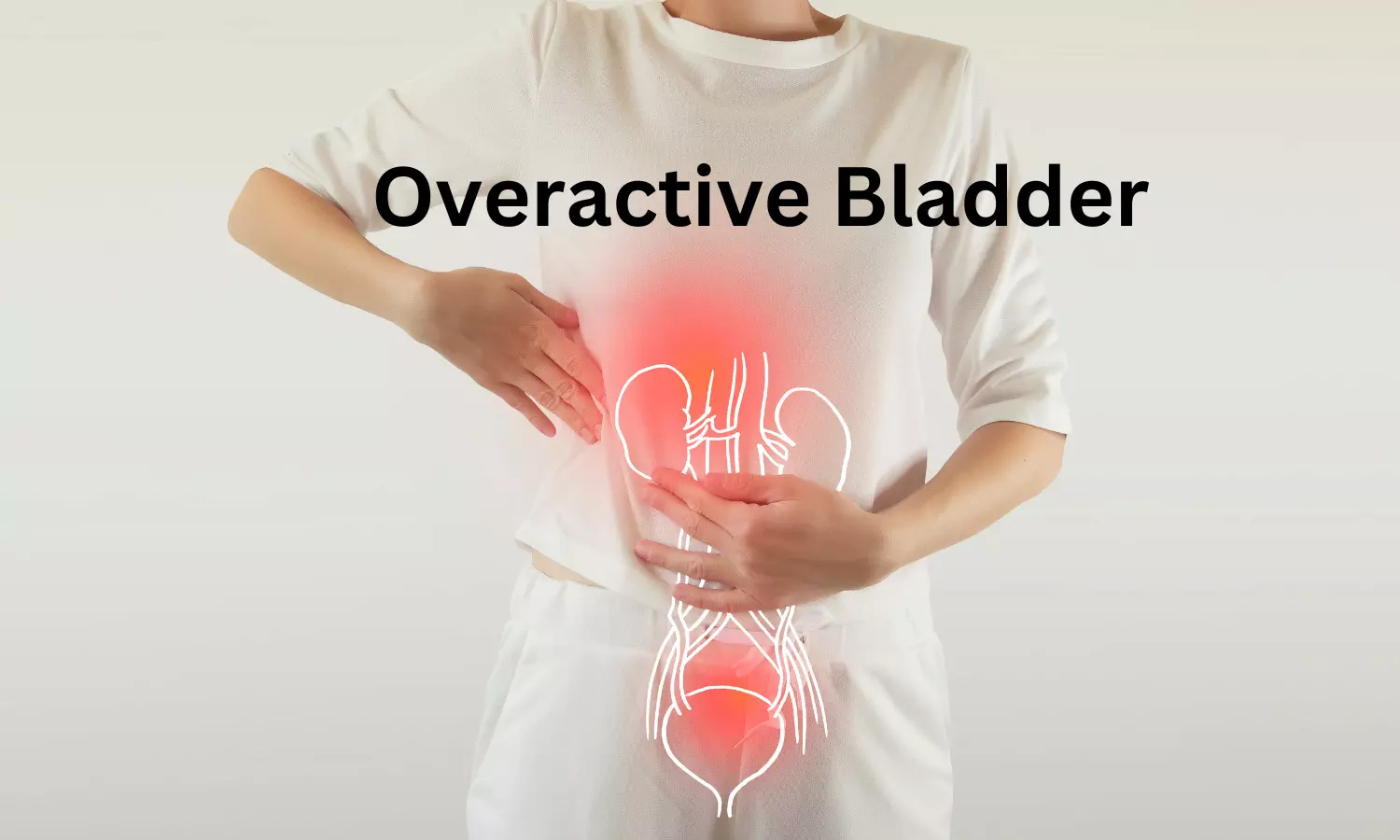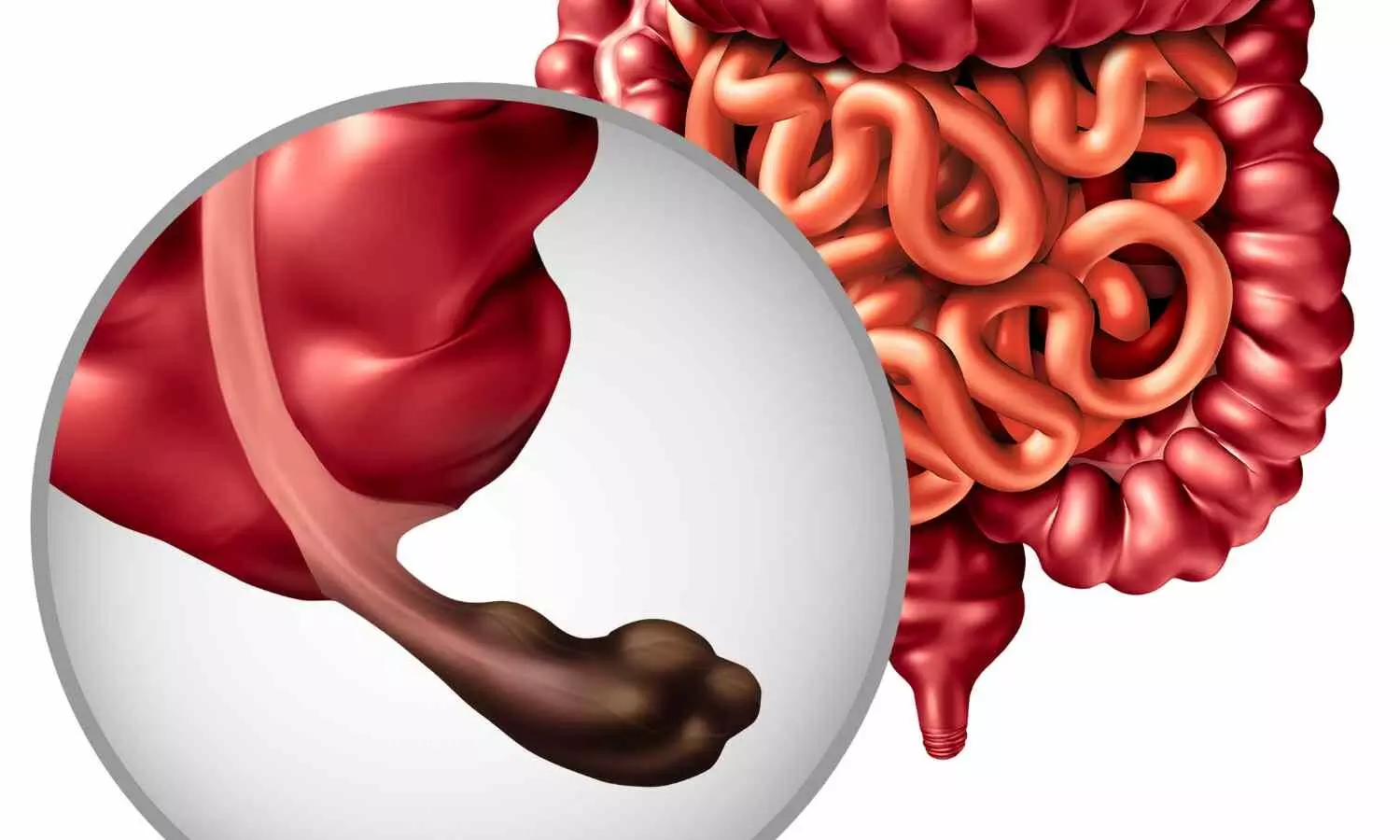What are Clinical and Diagnostic Features of Perioperative Hypersensitivity to Sugammadex?

Recent study analyzed the clinical and diagnostic features of perioperative hypersensitivity to sugammadex, as well as the estimated incidence of sugammadex hypersensitivity in Australia. The researchers retrospectively examined cases of hypersensitivity to sugammadex diagnosed by positive intradermal testing (IDT) or skin prick testing (SPT) at specialist perioperative allergy clinics in South-East Queensland and Northern New South Wales, Australia.
Incidence and Grading of Sugammadex Hypersensitivity
The study identified 30 cases of sugammadex hypersensitivity, with 10% classified as Grade 1, 40% as Grade 2, 40% as Grade 3, and 10% as Grade 4. No cases of mortality (Grade 5) were identified. The most common clinical signs were hypotension (83.3%) and flushing/erythema (70%), with 83.3% of patients displaying both cardiovascular and cutaneous signs. Respiratory signs, such as bronchospasm, occurred in 30% of patients, with a higher prevalence in those with life-threatening reactions.
Timing of Presentation and Clinical Management
Regarding the timing of presentation, 36.7% of reactions were recognized after the patient had left the operating theater, with a median time to clinical recognition of 5 minutes. Epinephrine was administered to 76.7% of patients, and 73.3% required unplanned ICU admission.
Serum Tryptase Levels and Mechanism of Hypersensitivity
Serum tryptase was measured in 93.3% of patients, with positive tryptase reported in 100% of life-threatening cases and 69.2% of non-life-threatening cases. The combination of positive serum tryptase and positive skin tests suggests a possible IgE-mediated mechanism of sugammadex hypersensitivity.
Estimated Incidence of Sugammadex Hypersensitivity
The estimated incidence of sugammadex hypersensitivity in the Australian cohort was 1:23,934 (0.004%), which is lower than earlier reports but likely underestimated. The estimated incidence of life-threatening cases was 1:59,835 (0.0017%). The authors note that the true incidence is likely higher than their estimate, as the study was subject to limitations, such as reliance on initial recognition and referral of reactions, as well as uncertainty around the true number of sugammadex administrations.
Conclusions and Recommendations
Overall, this study provides valuable insights into the clinical and diagnostic features of sugammadex hypersensitivity, as well as an estimate of its incidence in a large Australian cohort. The findings underscore the need for vigilance in recognizing and managing this rare but potentially life-threatening adverse event.
Key Points
1. Incidence and Grading of Sugammadex Hypersensitivity: – The study identified 30 cases of sugammadex hypersensitivity. – 10% were classified as Grade 1, 40% as Grade 2, 40% as Grade 3, and 10% as Grade 4. No cases of mortality (Grade 5) were identified. – The most common clinical signs were hypotension (83.3%) and flushing/erythema (70%), with 83.3% of patients displaying both cardiovascular and cutaneous signs. Respiratory signs, such as bronchospasm, occurred in 30% of patients, with a higher prevalence in those with life-threatening reactions.
2. Timing of Presentation and Clinical Management: – 36.7% of reactions were recognized after the patient had left the operating theater, with a median time to clinical recognition of 5 minutes. – Epinephrine was administered to 76.7% of patients, and 73.3% required unplanned ICU admission.
3. Serum Tryptase Levels and Mechanism of Hypersensitivity: – Serum tryptase was measured in 93.3% of patients, with positive tryptase reported in 100% of life-threatening cases and 69.2% of non-life-threatening cases. – The combination of positive serum tryptase and positive skin tests suggests a possible IgE-mediated mechanism of sugammadex hypersensitivity.
4. Estimated Incidence of Sugammadex Hypersensitivity: – The estimated incidence of sugammadex hypersensitivity in the Australian cohort was 1:23,934 (0.004%), which is lower than earlier reports but likely underestimated. – The estimated incidence of life-threatening cases was 1:59,835 (0.0017%). – The true incidence is likely higher than the estimate, as the study was subject to limitations, such as reliance on initial recognition and referral of reactions, as well as uncertainty around the true number of sugammadex administrations.
5. Conclusions and Recommendations: – This study provides valuable insights into the clinical and diagnostic features of sugammadex hypersensitivity, as well as an estimate of its incidence in a large Australian cohort. – The findings underscore the need for vigilance in recognizing and managing this rare but potentially life-threatening adverse event.
Reference –
Danielle Crimmins et al. (2024). Sugammadex Hypersensitivity: A Multicentre Retrospective Analysis Of A Large Australian Cohort.. *British Journal Of Anaesthesia*. https://doi.org/10.1016/j.bja.2024.07.042.
Powered by WPeMatico









